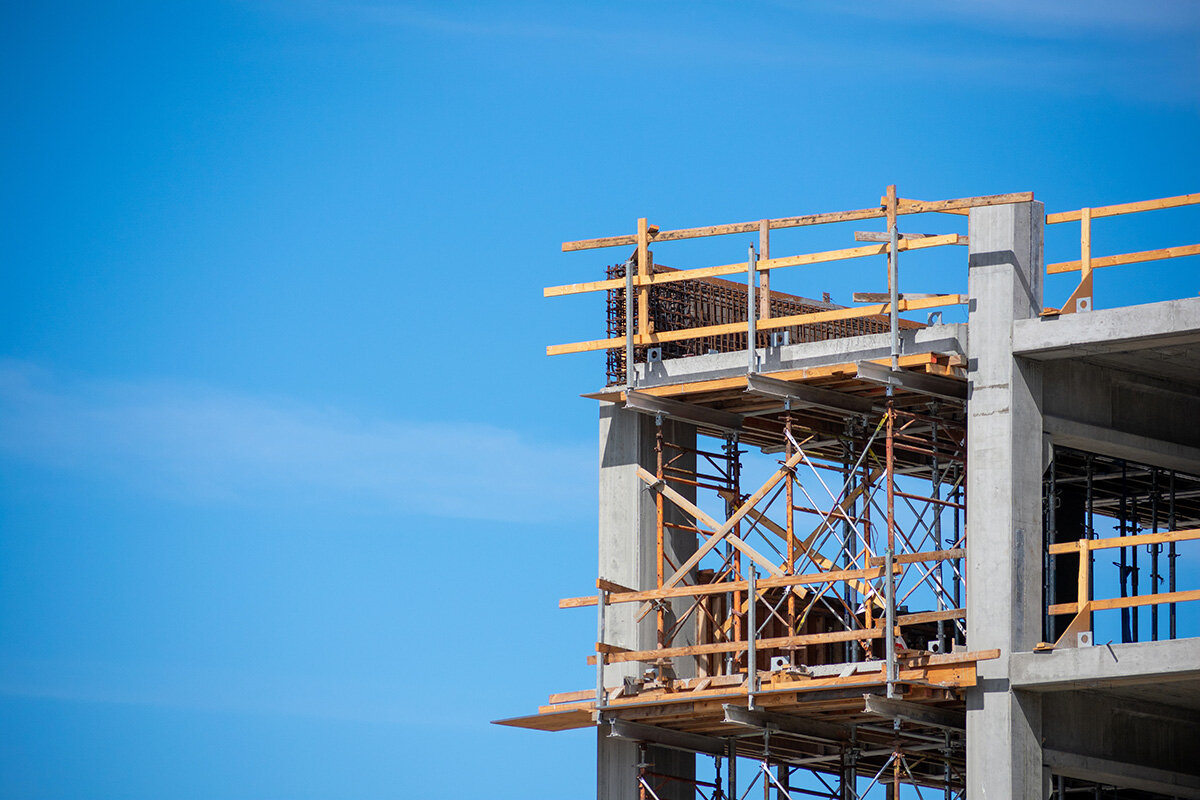
Toolbox Talk: Guardrails in Construction
Falls account for most deaths in construction. Employees engaged in construction activities must be protected or prevented from falling when working 6 feet above a lower level as per the OSHA Standards for Fall Protection 29, CFR part 1926 Subpart M. This is commonly referred to in the construction industry as “The 6’ Fall Rule.”
Of the many ways to protect workers from falls, a properly designed and installed guardrail can be one of the most reliable forms of fall protection. Inspect your guardrails every day to ensure they remain effective.
Points to Remember:
1. Guardrail material must be at least 2x4 wood, 1-½” schedule 40 pipe, 2x2x3/8” angle, cables at least ¼” in diameter, or other metal shapes of equivalent bending strength. If cables are used, they must be flagged at least every 6 feet.
2. The guardrail system must be secured and capable of withstanding a force of at least 200 pounds in any direction at any point on the top rail with minimal deflection and without failure.
3. Top rail top edge height must be 42” plus or minus 3” above the walking/working level. Top rails must be smooth-surfaced and free of puncture and laceration hazards.
4. Vertical post supports of the rail will be no more than 6 feet apart for 2x4 wood construction or 8’ apart for pipe or angle iron. Corner posts of cable systems may need additional bracing.
5. Midrails must be installed when there are no walls or parapet walls at least 21 inches high. The top edge height of the mid rail will be 21” nominal.
6. Toeboards must be provided when other workers may access the area beneath the working surface or employees below could be exposed to falling objects such as tools and materials. The toeboard must be made of solid material or with openings not over 1” in greatest dimension. A standard toeboard shall be 4” nominal (at least 3½ inches [8.9 cm]) in vertical height from its top edge to the level of the floor. Toeboards shall be securely fastened in place and capable of withstanding a force of 50 pounds applied in any direction. Drainage clearance under the toe board of ¼” or less is permitted. A standard 2x4 board makes a great toe board.
7. Screens must be installed where materials are piled to such height that a standard toeboard does not provide adequate protection.

